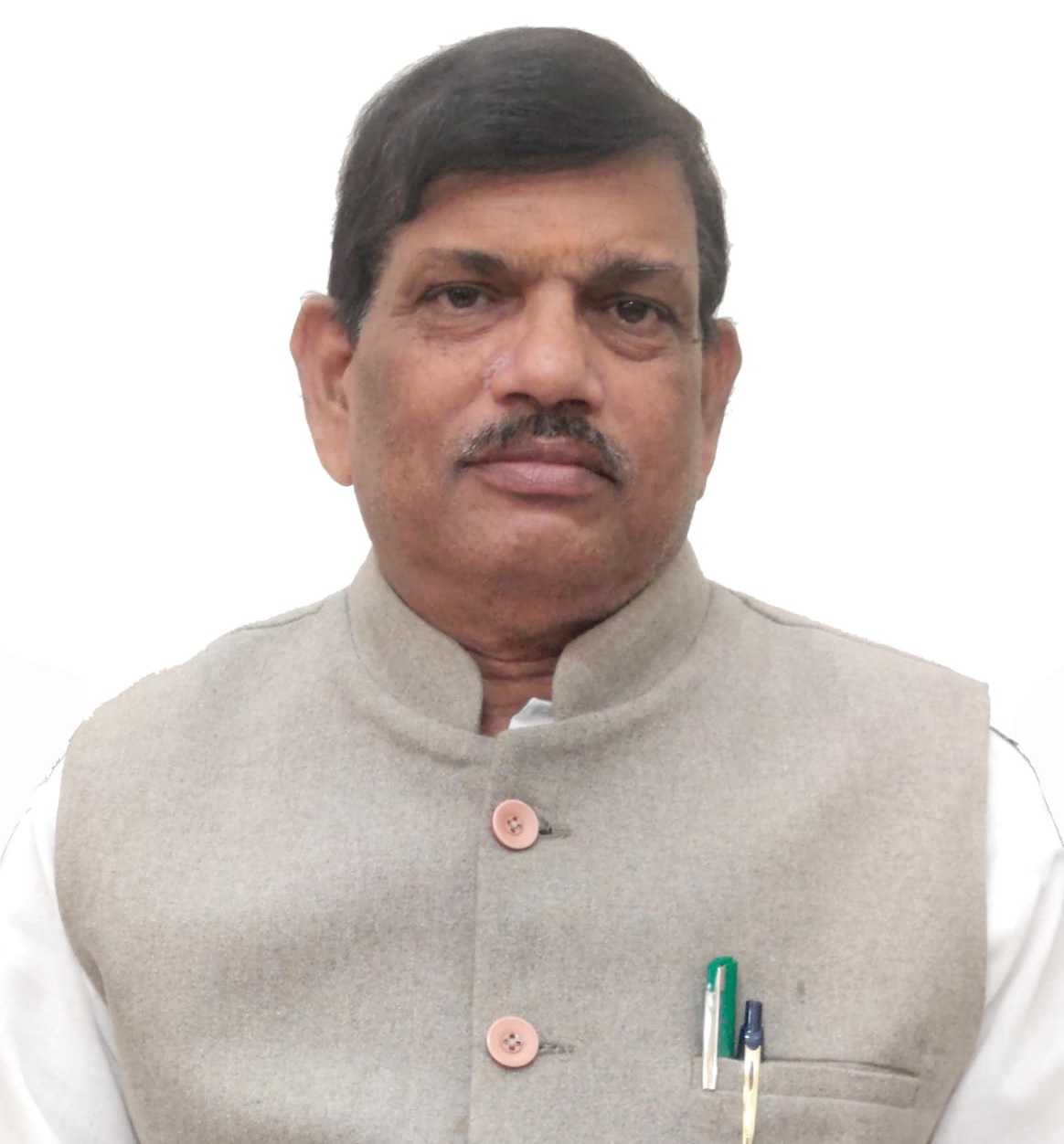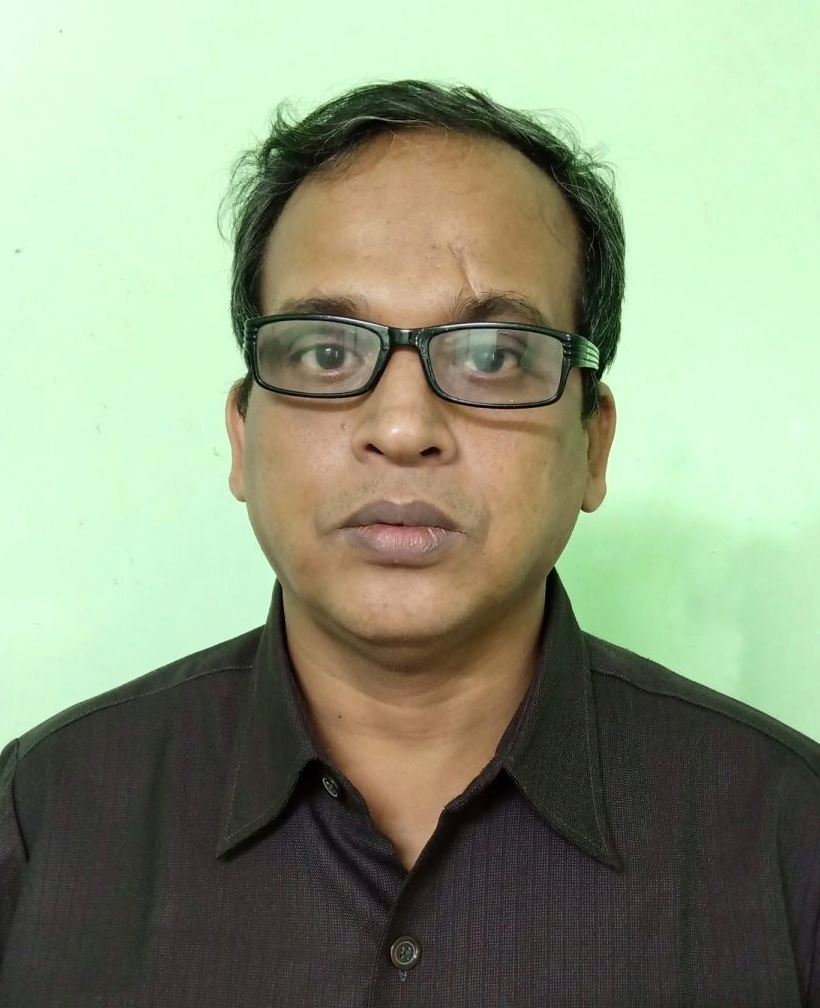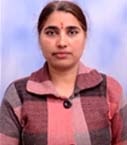Role of Dashmool Siddha Majjabasti in the Management of Avascular Necrosis of the Femoral Head: A successful case study

DOI:
https://doi.org/10.54060/ijahr.2023.10Keywords:
Asthimajjatagata Vaat, Dashmoola Sidha Majja Basti, Shaman yoga, Avascular necrosisAbstract
Avascular necrosis is a condition brought on by a temporary or irreversible reduction in the bone's blood supply. Bone tissue dies and crumbles when blood supply is interrupted. The joint surface may collapse if there is avascular necrosis close to joint. Young individuals with a 60% bilateral incidence rate have a condition known as avascular necrosis (AVN), which is also known as osteochondritis dissecans or Chandler's disease and is characterized by dead bone. Complete hip replacement surgery is the only option for treating AVN, but it has disadvantages of a lengthy recovery period and a short lifespan for the hip. Contrary to popular belief, ayurvedic medicine offers long-term cure and halts the course of disease without any negative effects. Avascular necrosis and Asthi-Majja GataVata are not directly related, but their clinical manifestations point to Vata Pradhana Tridoshaja. Vyadhi and Asthi-Majja Dhatu's primary Vikruti. The first portion of the Acharayas' Vata-dominant illness therapy is called Basti Chikitsa. It is regarded as Param Aushadh for illnesses of Vata. To evaluate Dashmool Siddha Majjabasti's effectiveness in the treatment of AVN. The goal was to prevent future hip joint degeneration and lessen the likelihood that surgical intervention would be necessary to treat avascular necrosis. A patient with stage 4 AVN in the right hip joint and stage 2 AVN in left hip joint who had not undergone surgery and who presented to the hospital's outpatient department with limited mobility and a limping gait was treated using panchakarma treatment and shaman yoga. Significant improvement was seen following the therapy. Range of motion was improved while pain levels were significantly lowered. Following the procedure, patient was pain- and stiffness-free when walking and climbing stairs. Ayurvedic principles are used in the conservative therapy of AVN, which significantly reduces signs and symptoms and enhances quality of life.
Downloads
References
Vagbhata, ASTANGAHRADAYA, with commentaries, Sarvangasundara of Arunadatta & Ayurvedarasayana of Hemadri, Edited by Pt.Hari Sadasiva Sastri Paradakara, Reprint: 2010, Page no.16, Sutrasthana, Chapter No.1, Ayushkamiya Shlok no.26.
Acharya YT, editor, Shri Chakrapanidatta, commentator, Agnivesha. Charka Samhita, Chikitsasthana; Vatavyadhichikitsa Adhyaya, 28/33. Chaukhamba Surbharati Prakashan, Varanasi; 2014; Page 617.
Prevalence of AVN Disease. Yahoo Search India. https://in.search.yahoo.com/search?fr=mcafee&type=E211IN826G0&p=prevalance+of+avn+disease. Accessed Jan 2, 2023.
Avascular Necrosis. Johns Hopkins Medicine. https://www.hopkinsmedicine.org/health/conditions-and-diseases/avascular-necrosis. Accessed Jan 2, 2023.
Avascular Necrosis (Osteonecrosis). Healthline. https://www.healthline.com/health/avascular-necrosis-osteonecrosis. Accessed Accessed Jan 10, 2023.
Avascular Necrosis (Osteonecrosis) - Symptoms & Treatments. WebMD. https://www.webmd.com/arthritis/avascular-necrosis-osteonecrosis-symptomstreatments. Accessed Feb 7, 2023.
NCBI Bookshelf. Avascular Necrosis. https://www.ncbi.nlm.nih.gov/books/NBK546658/. Accessed Feb 17, 2023.
Osteonecrosis. National Institute of Arthritis and Musculoskeletal and Skin Diseases (NIAMS). https://www.niams.nih.gov/health_info/osteonecrosis. Accessed September 7, 2022.
Hungerford DS. Pathogenesis of ischemic necrosis of the femoral head. Instar Course Lect, 1983; 32: 252–260.
Steinberg ME, Hayken GD, Steinberg DR. A quantitative system for staging avascular necrosis. J Bone Joint Surg Br. 1995;77(1):34–41. Pubmed citation
Namana H, Basavaraj G, Kv J. Comparative Analytical Study of Lakshadi Guggul. Int J Ayu Pharm Chem.
Shastri Kashinath, Chaturvedi Gorakhnath edited Charak Samhita of Agnivesha, revised by Charaka and Dridhbala, part II, Chaukhambha Bharati Academy, Varanasi. Reprint, 2009; Chikitsa Sthana 28, verse 124-127; page no; 712.
Vangasena, Vangasena Samhita, edited by Kaviraj Shri Shalligramji Vaishya, Vatavyadhiadhikara Adhyaya Shloka 326-332, Kamaraj Shri Krishnadasa Prakashsena Mumbai, p.351.
Abeynayake P, Jansz M, Rajoria K, Singh SK. ROLE OF RAJAYAPANA BASTI WITH REFERENCE TO DUCHENNE MUSCULAR DYSTROPHY: A REVIEW. Int J Res Ayurveda Pharm [Internet]. 2016;7(5):7–10. Available from: http://dx.doi.org/10.7897/2277-4343.075208

Downloads
Published
How to Cite
CITATION COUNT
Issue
Section
License
Copyright (c) 2023 Dr. Arpana Gupta, Dr. Swati Nagpal

This work is licensed under a Creative Commons Attribution 4.0 International License.























